The Role of AI in Web3: Smarter Smart Contracts and Autonomous DAOs
The Role of AI in Web3: Smarter Smart Contracts and Autonomous DAOs
As the world rapidly embraces decentralized technologies, the convergence of Artificial Intelligence (AI) and Web3 is creating a powerful synergy. From predictive DeFi bots to self-governing DAOs (Decentralized Autonomous Organizations), AI is fundamentally reshaping how blockchain systems operate. This integration goes far beyond automation—it’s about creating intelligent, adaptive protocols that can optimize themselves in real time.
Smarter Smart Contracts: AI in Blockchain Logic
Smart contracts are the backbone of Web3, executing transactions without intermediaries. Traditionally, these contracts follow predefined rules, unable to adapt to changing market conditions or user behavior. Enter AI.
AI-enhanced smart contracts can:
- Predict market trends using real-time data feeds and machine learning.
- Optimize DeFi yields by dynamically adjusting investment strategies.
- Detect anomalies or fraud before transactions are completed.
These intelligent contracts are already being used in some DeFi ecosystems to execute trades, rebalance portfolios, and even manage liquidity pools without human input.
Predictive DeFi Bots: Smarter, Faster, More Profitable
DeFi trading bots powered by AI are another major development. They analyze massive datasets—from token performance and on-chain activity to global economic trends—and use this information to make predictive trades with minimal risk.
These bots outperform traditional trading algorithms by learning from past behavior, detecting subtle patterns, and adapting to volatile conditions. They don’t just follow instructions—they learn and evolve.
Autonomous DAOs: The Rise of Self-Governing Protocols
DAOs are decentralized organizations run by smart contracts and governed by token holders. Traditionally, proposals and decisions are made by humans voting on-chain. With AI, DAOs can now evolve into autonomous ecosystems, capable of:
- Evaluating proposals based on historical outcomes and real-time data.
- Allocating resources dynamically based on predictive analytics.
- Detecting and reacting to malicious behavior without manual intervention.
This transforms DAOs from static governance structures into living systems that learn, adapt, and optimize themselves over time.
Spotlight: $FLTR Token and the Flutter Bees Mining Ecosystem on TON
One innovative example of Web3 evolution is the $FLTR Token—the utility token powering the Flutter Bees mining platform on the TON blockchain. As a community-driven initiative, Flutter Bees harnesses the potential of decentralized mining while preparing for AI integration to further optimize mining rewards and user engagement.
- Smart integration: The $FLTR Token could pave the way for AI-based optimization of mining difficulty, energy efficiency, and reward distribution.
- Growing community: Stay updated with developments via the Flutter Bees Announcements.
- On-chain transparency: View the $FLTR smart contract here: TON Contract
With TON’s scalable and developer-friendly infrastructure, $FLTR is well-positioned to integrate AI features as the ecosystem evolves.
Final Thoughts
The intersection of AI and Web3 is more than just a trend—it’s the next frontier of digital innovation. From smarter smart contracts to autonomous DAOs, AI is pushing the limits of what’s possible in decentralized systems. Projects like Flutter Bees and the $FLTR Token are early movers in this space, showing how communities can harness intelligence and decentralization together.
As we look to the future, expect AI to not just support blockchain, but to become an integral part of how Web3 learns, grows, and governs itself.
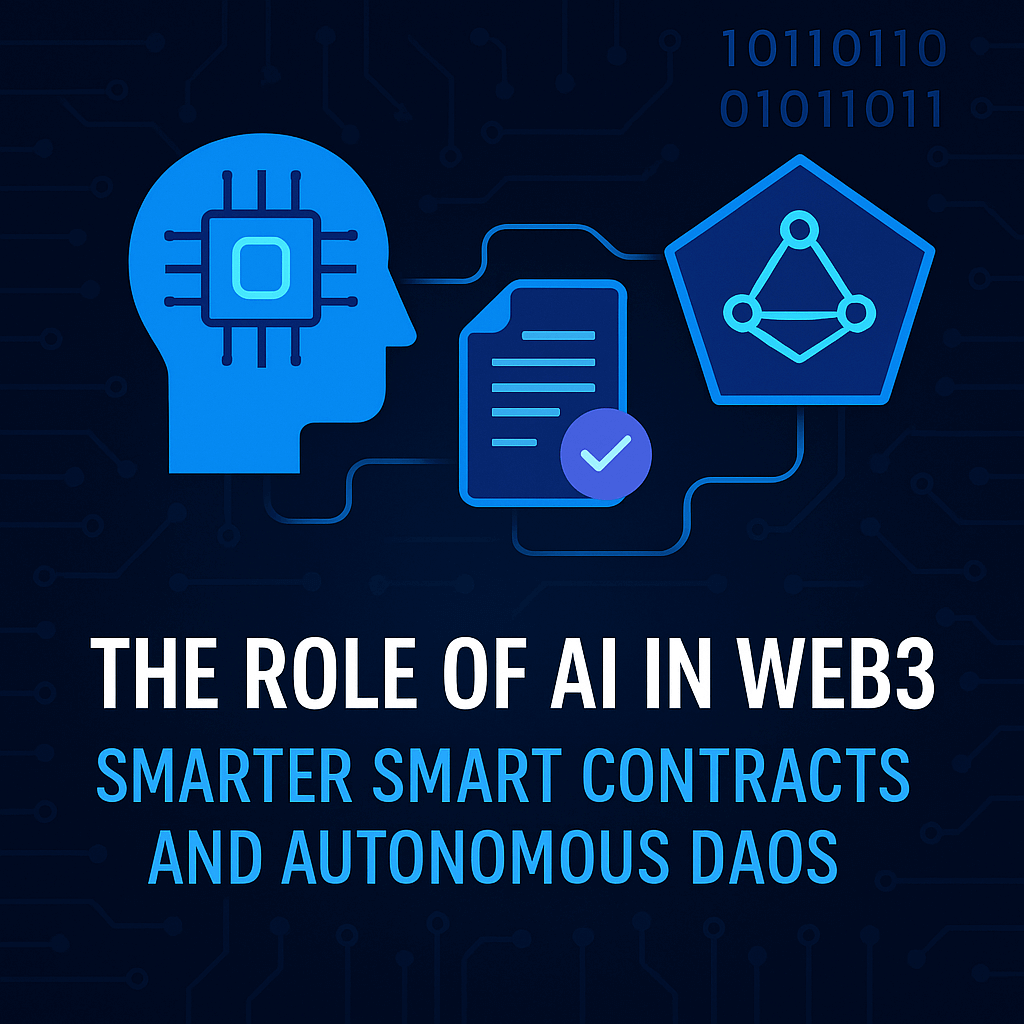
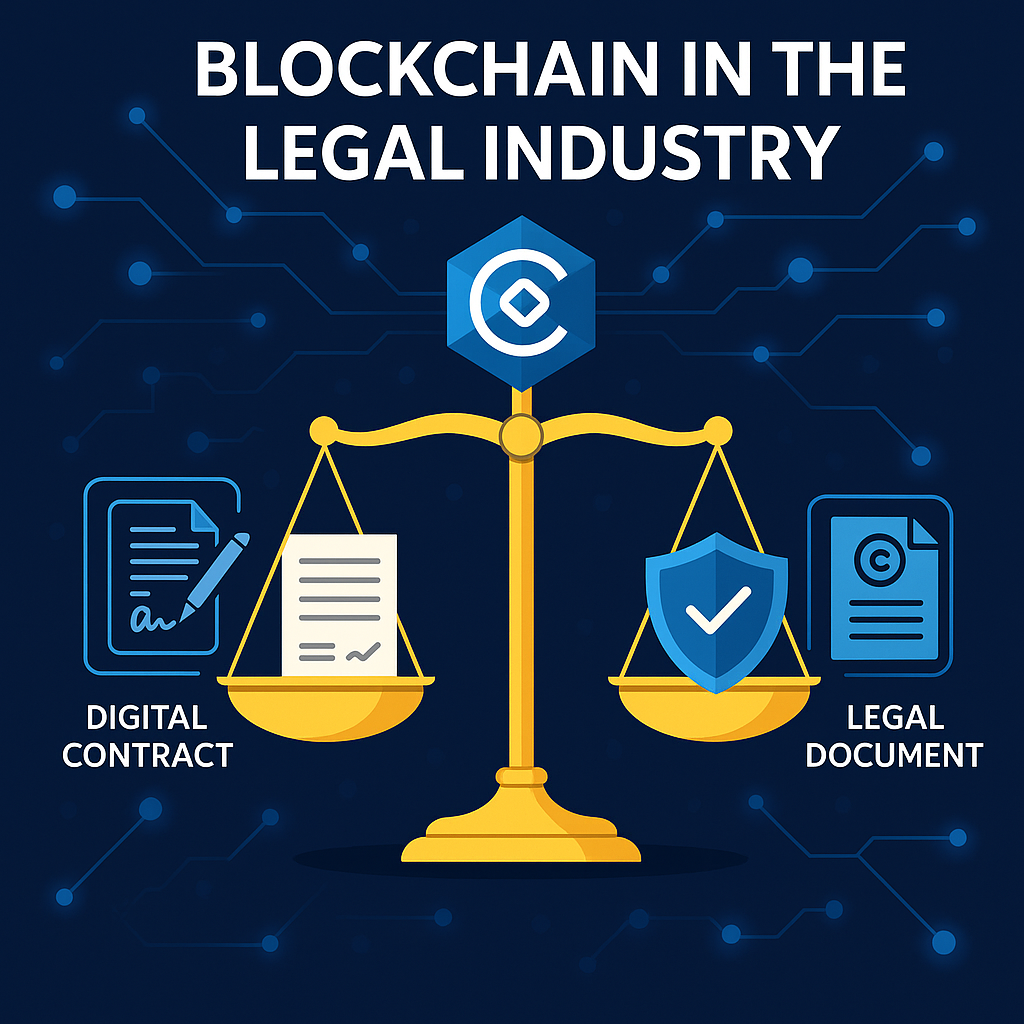
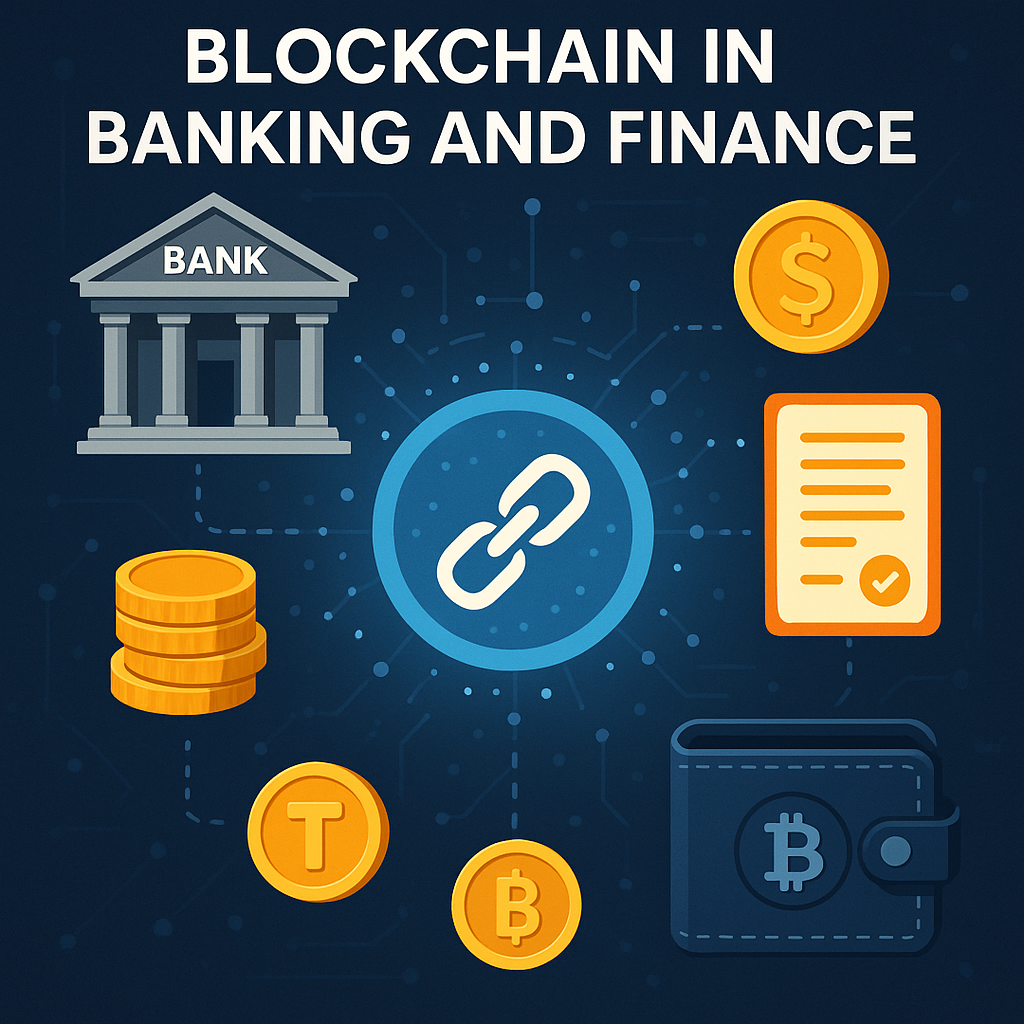

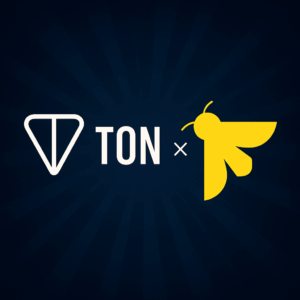
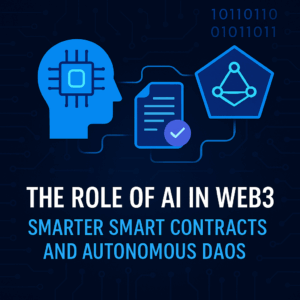
Post Comment